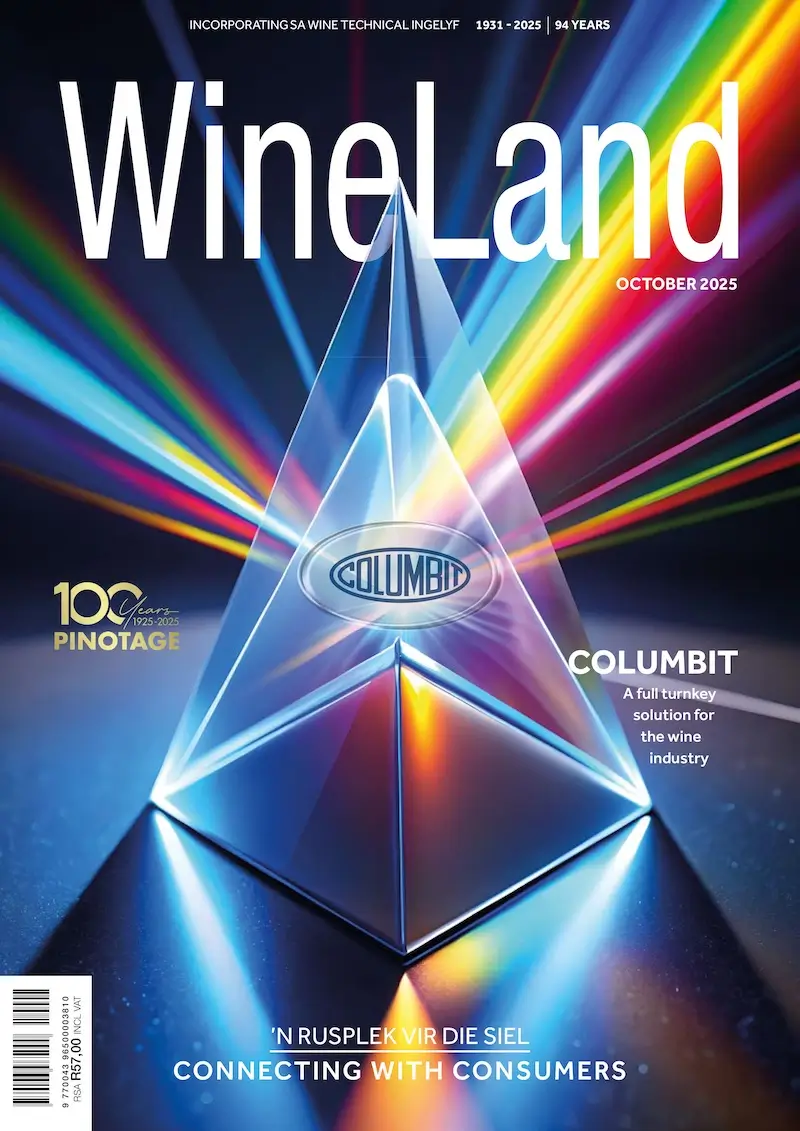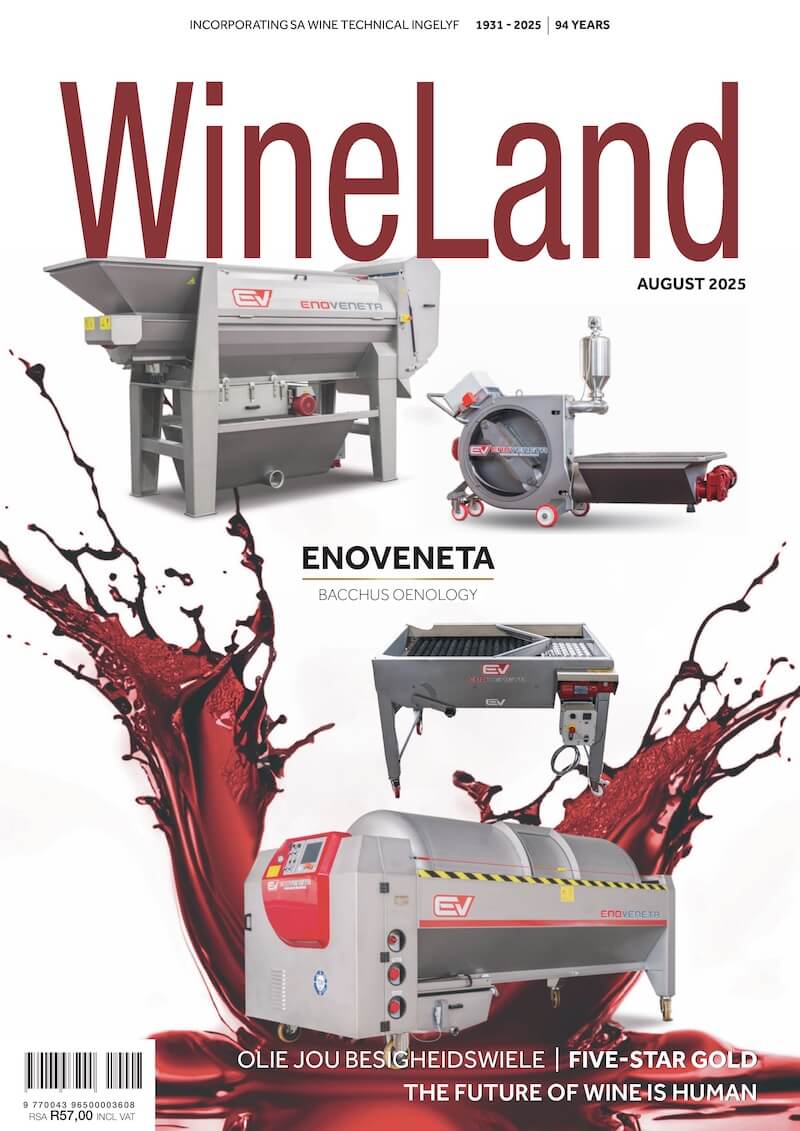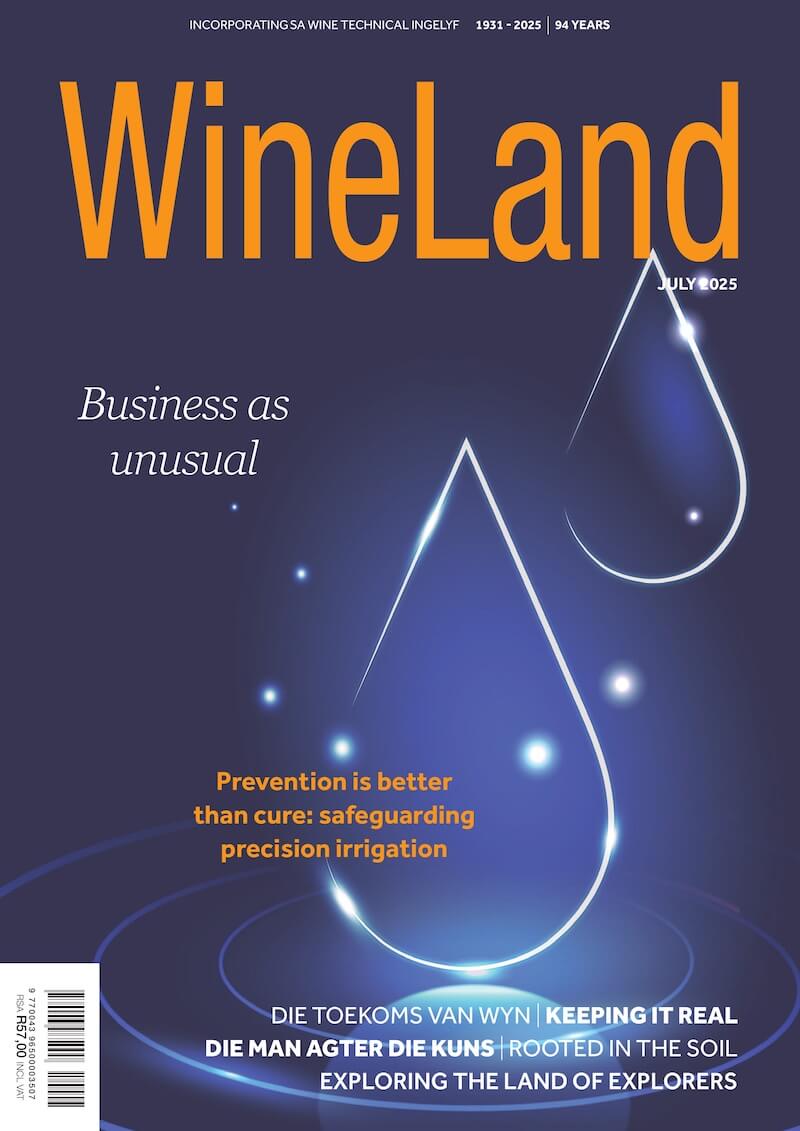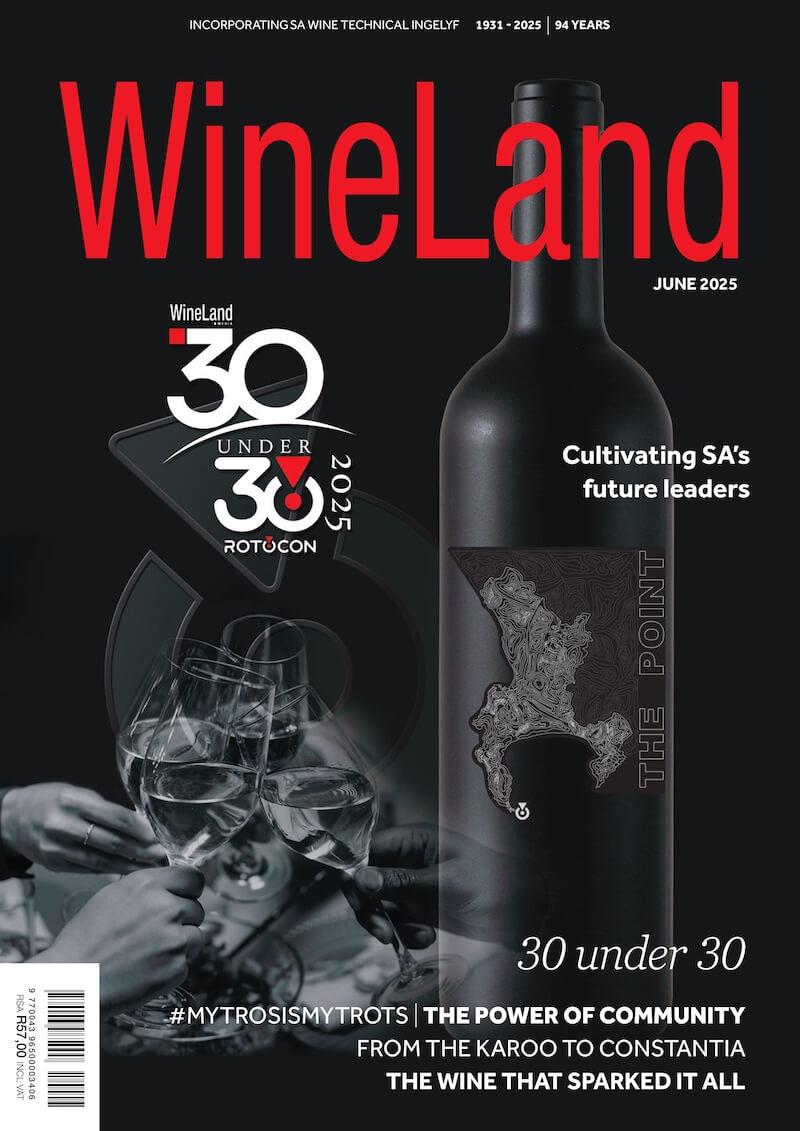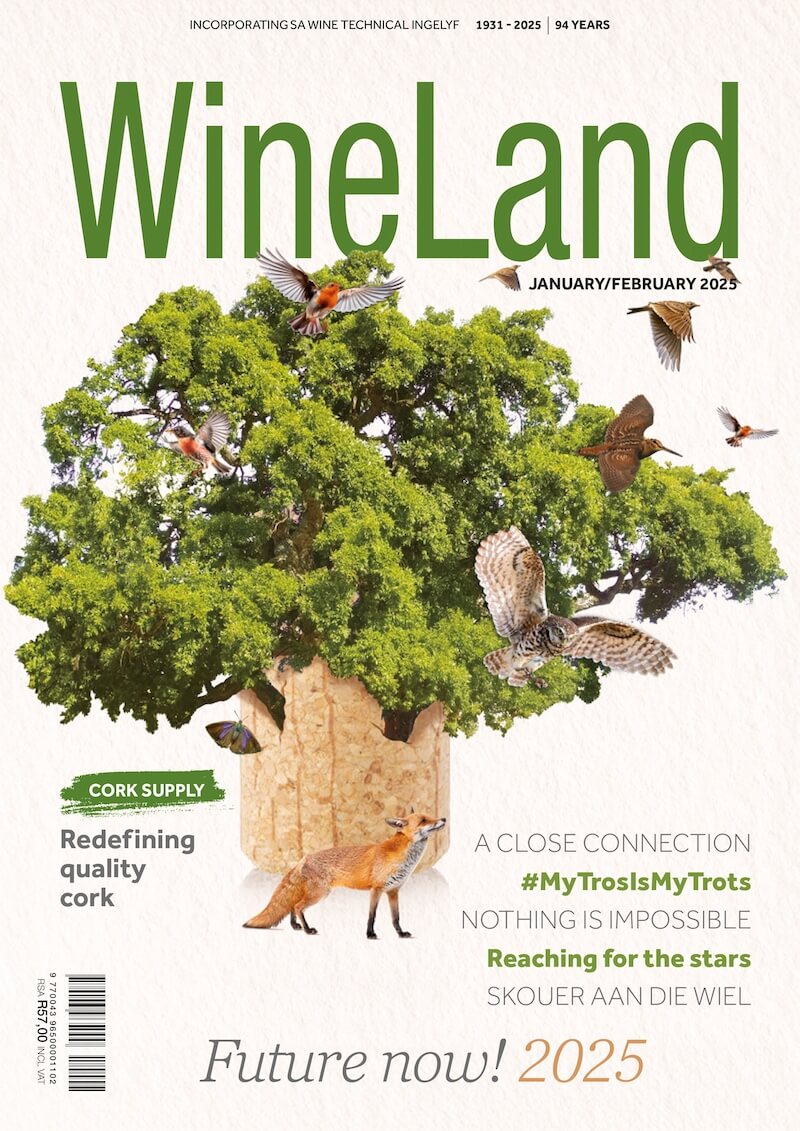Oenology Research
By Ana Hranilovic & Karien O'Kennedy Over the past few decades, the wine industry has increasingly relied on selected microorganisms to enhance the reliability and predictability of fermentation. While this has brought consistency and quality to winemaking,...
Naturally controlling Brettanomyces at the onset of wine production with LEVEL2 SALVA™ By Amandine Deroite, Marion Bastien, Ann Dumont, Anthony Silvano, José-Maria Heras & Anne Julien-Ortiz Summary LEVEL2 SALVA™ is a new non-Saccharomyces yeast of the species...
Abstract A study on the oxygen transfer rate (OTR) of wine closures and its impact on Sauvignon blanc ageing over 12 years revealed that closures with lower and stable OTRs best preserved the wine’s fresh aromas and varietal character. In contrast, closures with...
The centuries-long enjoyment of wine has shaped our national cultural practices and social norms around its consumption. Researchers at Stellenbosch University’s South African Grape and Wine Research Institute (SAGWRI), in collaboration with international partners,...
Abstract Kaolin is a chemical reflectant that has the potential to significantly reduce berry temperature, sunburn and other berry damages associated with cluster solar exposure while maintaining the concentration of important constituents such as acidity and sugar...
What is stabulation? During “normal” winemaking practices, the juice lees (solids) are removed from the juice after pressing by sedimentation or flotation and subsequent racking. This process is usually completed within 48 hours. Stabulation is the process of keeping...
Introduction Calcium-induced instability has emerged as a significant problem in bottled wines due to compositional changes caused by global warming. The appearance of calcium tartrate (CaT) crystals at the bottom of the bottle negatively affects wine acceptability,...
The use of proteins in winemaking About two thousand years ago, the Romans transformed wine from a drink for a select few to ‘mass nourishment and pleasure’, spreading it to every corner of the empire. The enormous increase in the volumes produced required a better...
Environmental sustainability and the circular economy are gaining importance in agricultural industries globally. Consequently, South Africa Wine dedicates significant resources to funding research projects focused on these critical areas. Additionally, South Africa...
Introduction Recent research has revealed the profound significance of our olfactory abilities, challenging the long-held notion that humans have a poor sense of smell. Contrary to popular belief, humans possess remarkable olfactory skills, capable of discerning...
Calcium-induced instability is a most insidious problem in bottled wines mainly due to the unpredictable and slow formation of crystals, which usually do not come out of solution for some time after bottling and often after commercial release. Calcium...
Abstract A recent study investigated the effect of varying the yeast population at the time of inoculation and how it affects the overall fermentation with a special focus on the formation and release of volatile thiols. Results showed that an increased yeast inoculum...












